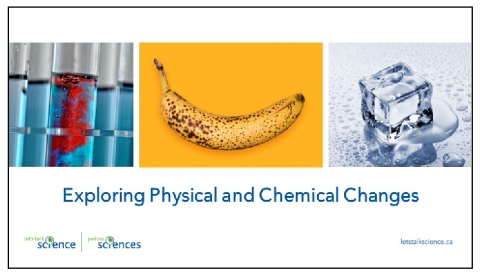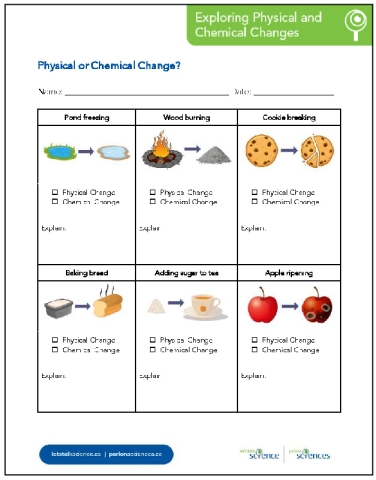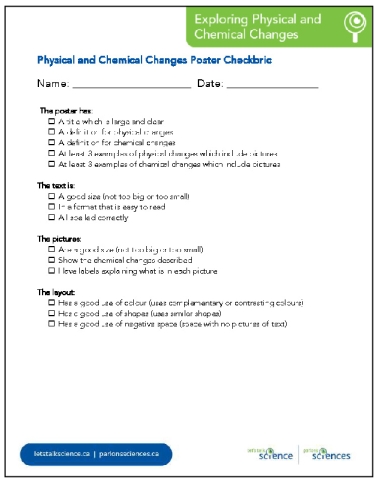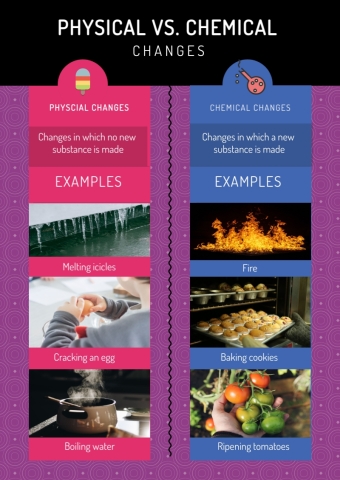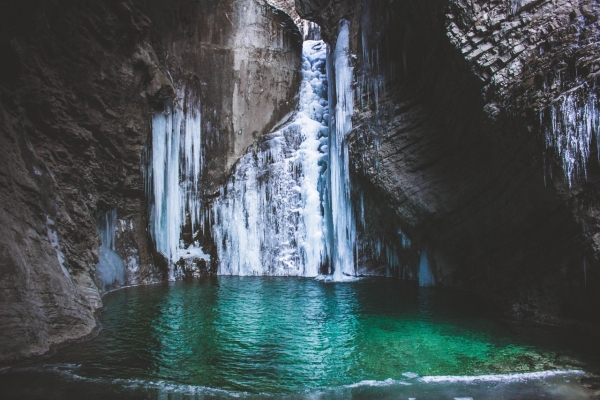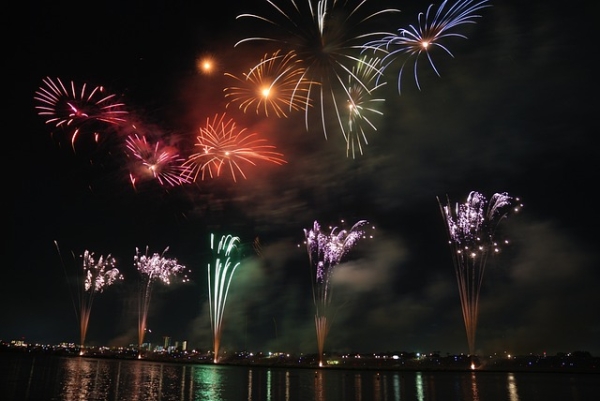Exploring Physical and Chemical Changes
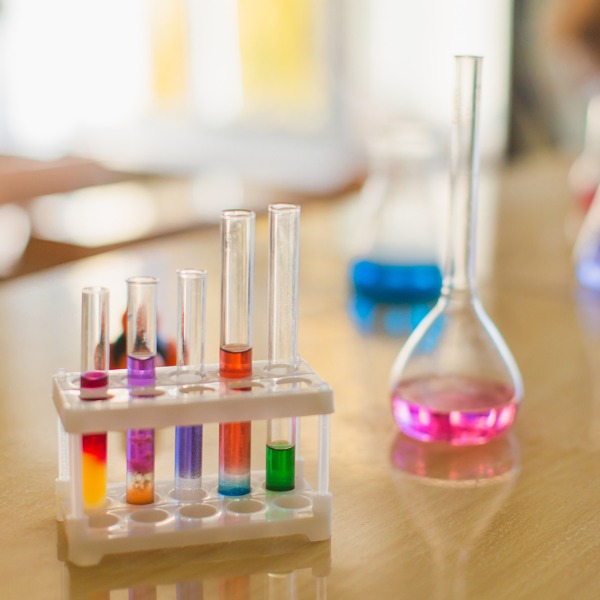
Colourful chemicals in test tubes and flasks (iiievgeniy, iStockphoto)

Colourful chemicals in test tubes and flasks (iiievgeniy, iStockphoto)
How does this align with my curriculum?
Curriculum Alignment
BC
2
Science Grade 2 (June 2016)
Big Idea: Materials can be changed through physical and chemical processes.
BC
K
Science K (June 2016)
Big Idea: Humans interact with matter every day through familiar materials.
NU
1
K-6 Science and Technology Curriculum (NWT, 2004)
Matter and Materials: Characteristics of Objects and Properties of Materials
NU
5
K-6 Science and Technology Curriculum (NWT, 2004)
Matter and Materials: Properties of and Changes in Matter
ON
K
The Kindergarten Program (2016)
13. use the processes and skills of an inquiry stance (i.e., questioning, planning, predicting, observing, and communicating)
PE
K
Science K (June 2016)
Big Idea: Humans interact with matter every day through familiar materials.
YT
2
Science Grade 2 (British Columbia, June 2016)
Big Idea: Materials can be changed through physical and chemical processes.
NT
1
K-6 Science and Technology Curriculum (NWT, 2004)
Matter and Materials: Characteristics of Objects and Properties of Materials
NT
5
K-6 Science and Technology Curriculum (NWT, 2004)
Matter and Materials: Properties of and Changes in Matter
PE
5
Integrated Curriculum Grade 5: Science (Draft 2023)
DK 1.3: Physical and chemical changes can assist us in daily life and improve the world around us.
BC
8
Science Grade 8 (June 2016)
Big Idea: The behaviour of matter can be explained by the kinetic molecular theory and atomic theory.
YT
8
Science Grade 8 (British Columbia, June 2016)
Big Idea: The behaviour of matter can be explained by the kinetic molecular theory and atomic theory.
YT
4
Science Grade 4 (British Columbia, June 2016)
Big Idea: Matter has mass, takes up space, and can change phase.
AB
5
Science 5 (2023)
Scientific Methods: Investigation of the physical world is enhanced through the use of scientific methods that attempt to remove human biases and increase objectivity.
PE
5
Integrated Curriculum Grade 5: Science (Draft 2023)
Inquiry Skills 1.1: Planning our investigations is an important first step in becoming active learners to discover new knowledge.
PE
5
Integrated Curriculum Grade 5: Science (Draft 2023)
IS 1.2: There are important things we need to consider when carrying out a plan to investigate and explore within an inquiry.
